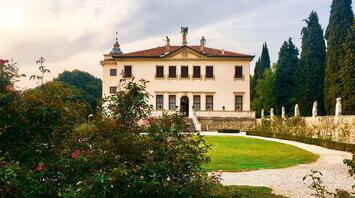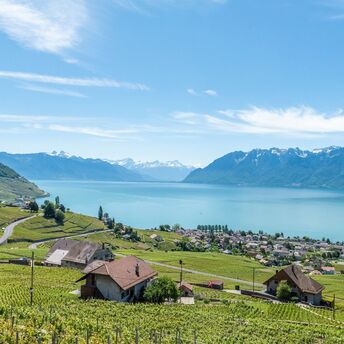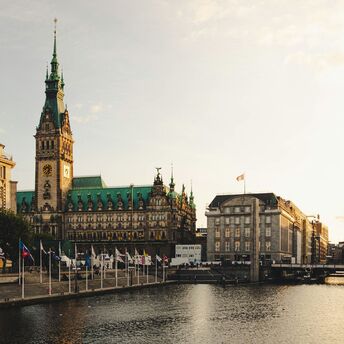Historic Florence Monastery to Welcome Guests Again After Major Restoration

Villa San Michele, A Belmond Hotel, is in the hills of Fiesole, which is above Florence. It will reopen in April 2026 after being closed for 18 months for repairs. The building, which was once a 15th-century Franciscan monastery, has been structurally reinforced and redesigned, while retaining its Renaissance-style façade, which is believed to have been designed by Michelangelo. The goal of the restoration was to strike a balance between preserving the historical and cultural integrity of the building and enhancing its functionality for contemporary use.
Luigi Fragola Architects and Belmond's in-house team worked together to redesign the hotel. The new design included 39 rooms and suites that were inspired by local craftsmanship and traditional Tuscan materials like terracotta, marble, and wood. There is also a new spa run by Guerlain and gardens that have been redone. The project aligns with Belmond’s ongoing renovation program across Europe, which focuses on preserving heritage properties through careful architectural renewal.

The property’s 9,700 square meters of terraced gardens have been redeveloped to reflect the landscape style typical of Fiesole’s hillside estates. The design has citrus trees, native plants, and new places to look out over Florence. The area around the hotel has cultural and archaeological sites like Fiesole's Roman theater, Etruscan walls, and ancient baths. Guests can uncover the area's rich historical heritage just a few minutes’ walk from the hotel.
Villa San Michele is about 20 minutes from the center of Florence and is close to important cultural sites like the Uffizi Gallery, Florence Cathedral, and the Accademia Gallery. Fiesole, a nearby town, offers a different view of Tuscany. It has panoramic views and a quieter atmosphere than Florence's busy city center, which is great for travelers who want a mix of cultural experiences.

The opening of Villa San Michele is part of a broader trend in Italy toward adaptive reuse of old buildings for modern purposes. For travelers, this signals that more people are interested in cultural heritage tourism that values preservation over expansion. The project shows how historic sites can remain important to tourists in Tuscany amid changes in the tourism industry.



















